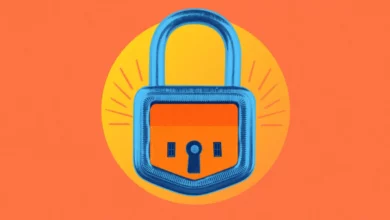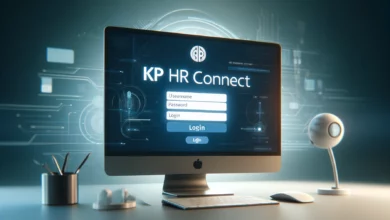
Since much of our personal and professional lives these days are online, the security of our online credentials is paramount. You might often wonder, “Have my credentials been compromised?” This is a valid concern, so let’s break down how you can detect signs of a security breach and what steps you should take in response.
The Signs of a Compromise
The first step in safeguarding your online identity is recognizing the signs of compromised credentials. Here are a few red flags:
1. Unexpected activity
Keep an eye out for any activity you don’t recognize on your accounts. This could be anything from strange emails sent from your account to unauthorized transactions on your banking apps. Sometimes, it’s subtle, like changes in settings or profiles that you didn’t make. These activities often indicate that someone else has gained access to your accounts and is trying to use them for unauthorized purposes.
2. Alerts from companies
Nowadays, many online service providers proactively monitor and alert their customers about suspicious activities. These alerts might inform you of login attempts from unusual locations, access from devices you don’t own, or password reset requests that you didn’t initiate. Treat these notifications seriously, as they are often the first indicator of a potential breach.
3. Slow performance
A decrease in device performance can sometimes signal a security breach. Malware introduced into your system through a compromised account can consume resources, leading to noticeable sluggishness, frequent crashes, or unexpected restarts. If your device suddenly starts underperforming without a clear reason, such as outdated hardware or overloaded storage, it’s reasonable to consider a potential security breach and investigate further.
4. Spam
If friends or contacts report receiving spam from your account, it’s a strong sign that your account may be compromised. Hackers often use hijacked accounts to distribute spam emails or messages, either to spread malware or to phish for additional information from your contacts. This kind of activity not only puts your security at risk but can also damage your reputation and relationships if not addressed promptly.
What to Do If You Suspect a Breach
If you spot any of these signs, don’t panic. Here’s what to do instead:
1. Change your passwords
Immediately change the passwords of all affected accounts. If you use the same password for multiple accounts (which you shouldn’t), change those too. Ensure you create strong and unique passwords for each account, combining letters, numbers, and symbols to enhance security. Updating your passwords regularly is another best practice, even for accounts that haven’t been directly compromised.
2. Store your new credentials with a password manager
To prevent further credential incidents, consider storing or creating your passwords using a password manager. A password manager securely stores and creates strong, unique passwords for all accounts, lowering breach risks. Instead of remembering dozens of unique passwords, you only need to remember one master password to access the password manager. Additionally, many password managers alert users to any of their passwords being compromised in data breaches, enhancing security further.
3. Check your accounts
Go through your accounts for any unauthorized changes or transactions. If you find any, report them to the service provider immediately. This includes reviewing statements, recent logins, and account settings. Quickly addressing any discrepancies not only helps secure your account but also alerts the provider to potential security weaknesses in their system.
4. Keep an eye on credit reports
Financial fraud is a common consequence of credential compromise. Luckily, banks are relatively good at detecting and blocking suspicious activity. However, account takeover attacks can be a bit more difficult to detect. So, regularly checking your credit reports is a good way to identify any fraudulent activity under your name.
How Using a VPN Protects Your Credentials
Apart from handling a breach, proactively protecting your online presence is crucial. A Virtual Private Network, or VPN, is a powerful tool for enhancing your online security and privacy. The trick is to select a reliable provider that will suit your needs the best. A VPN comparison table can assist you in doing so.
VPNs create a secure, encrypted tunnel for your data, shielding your online activities from outsiders, be it hackers, governments, or even your Internet Service Provider (ISP). VPNs are particularly handy when using public Wi-Fi networks, which are notoriously insecure and susceptible to evil twin attacks.
A VPN connects you to a remote server, masking your real IP and making it more difficult for cybercriminals to track your online activity. If you’re working remotely and accessing sensitive information online, using a VPN becomes even more critical to prevent data breaches.
Final Thoughts
Considering the online risks we face today, the security of your online credentials should be a top priority. Compromised credentials result in account takeover attacks, allowing cybercriminals to do everything they please. Being aware of a few common signs of compromise can help you detect these attacks and act swiftly to protect your account. To maximize your online security, you should consider tools like password managers and VPNs.



